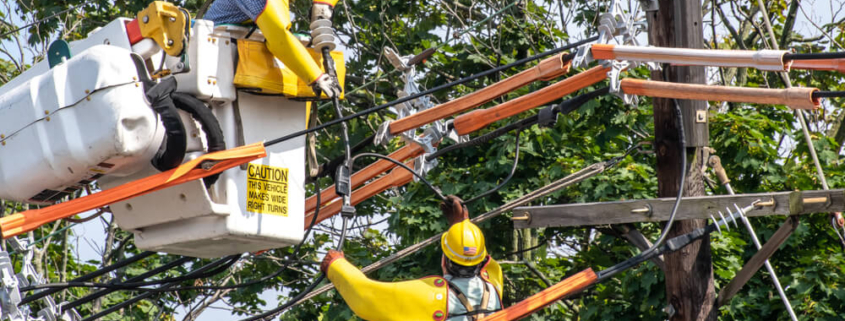Protecting Workers from Falling Tree Limbs
Whether you work in tree care or some other industry, there is a heightened risk of falling tree limbs when workers spend a lot of time in the great outdoors. Tree limbs can fall on workers for a variety of reasons, and the results of one of these accidents can be catastrophic. A worker can become seriously hurt being struck by a falling object or by coming into contact with power lines brought down by falling tree limbs.
According to OSHA, every employer is required to furnish a workplace that is free from recognized hazards that could cause or are likely to cause physical harm or death. If a tree falls on and injures or kills a worker, this could be a violation of that duty. Here’s how to recognize some of these hazards, ways to protect workers from harm, and steps to take if you are injured by a falling tree limb.
Recognizing the Hazards of Falling Tree Limbs
Any property with mature trees creates a risk of falling tree limbs. A large tree limb can be incredibly heavy, sometimes weighing hundreds of pounds. A limb falling from a tree without warning can cause severe injury to a worker or even death.
The degree of hazard depends on a variety of factors, such as the size of the tree and other hazards in the area, like live power lines. Some things that can weaken tree limbs and cause failure include:
- Storm damage
- Dead limbs
- Split trunks caused by frost or wind
- Diseased roots
- Fungal damage
- Fire damage
According to OSHA, some of the most common types of accidents causing serious injury or death include:
- Workers being struck by a tree, including cases where a tree being cut falls forward onto a worker or a tree being cut by a co-worker falls onto a worker;
- Workers being injured or killed when a portion of a tree falls while performing rope handling activities from the ground; and
- Electrocutions occur when a fallen tree limb comes into contact with electric transformers or high-voltage lines and a worker.
How Employers Can Protect Workers from Falling Tree Limbs
Mainly propelled by an alarming rise in the number of incidents in the landscaping and tree industries, OSHA launched the Regional Emphasis Program several years ago in an effort to reduce injuries in these industries. This program addresses how to keep workers who are working around trees safe, and the guidelines can be applied to any industry.
OSHA encourages employers to take steps to eliminate or reduce hazards related to site preparation and tree trimming as well as implement effective safety strategies. OSHA recommends employers use the following strategies to protect workers from injury caused by falling tree limbs:
- Safety instruction must be provided to all workers on safe work procedures and special techniques for working around trees and power lines.
- A qualified supervisor must inspect the job site prior to commencing work and brief the crew on any specific safety hazards.
- A qualified person should closely inspect a tree’s root collar, trunk, and limbs for strength before climbing.
- If there are doubts about the safety of climbing a tree, consider using aerial devices like lifts.
- Postpone tree work if there are unfavorable weather conditions, such as rain, ice, or high winds.
- Clearly mark work zone boundaries with safety tape, cones, or some other conspicuous markings.
- Establish clear methods of communication between workers on the job site.
- Workers in an aerial lift or suspended in a tree must provide clear warnings to the ground crew.
- The ground crew must acknowledge warnings given by workers from above before work can proceed.
- Workers should not turn their back to a tree when branches are being cut.
- Workers must be provided with and trained on the proper use of safety equipment and personal protective equipment (PPE), such as harnesses, tree saddles, belts, hard hats, high visibility clothing, and safety glasses.
Have You Been Injured by a Falling Tree Limb?
If you’ve suffered a workplace injury resulting from a falling tree limb, you should understand that your employer has a duty to provide a safe workplace that protects you from these types of hazards. Proper training and appropriate safety measures are essential components of workplace preparedness.
Having to report an injury doesn’t mean you’ve done something wrong. As an employee, you have the right medical care and other benefits after a work-related injury. To learn more about protecting yourself from workplace hazards and asserting your rights before or after an accident, contact an OSHA Injury Attorney directly.




Leave a Reply
Want to join the discussion?Feel free to contribute!